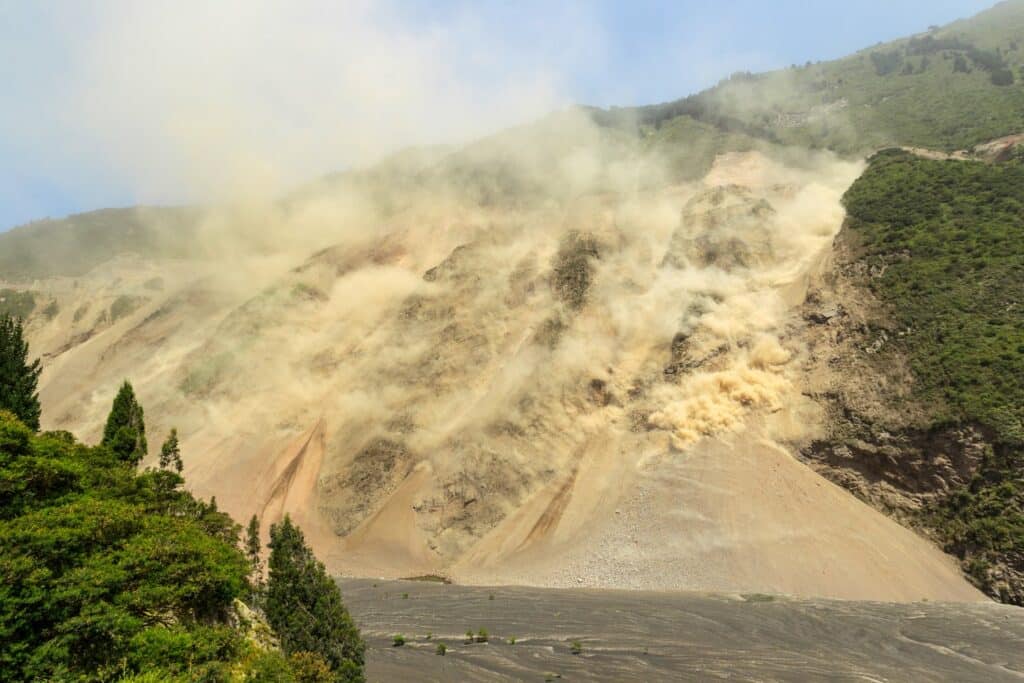The Debt Landslide Method Explained
While the Debt Snowball and Avalanche methods receive much attention for their straightforward approaches to tackling debt, the Debt Landslide method offers a unique perspective, prioritizing recent financial behavior over the size or interest rate of debts. This method focuses on paying off the most recently acquired debts first, underpinning the strategy with the rationale that newer debts often come with terms that reflect your current financial habits and creditworthiness. Let’s explore the Debt Landslide method, its workings, benefits, and how it can be a game-changer for your financial strategy.
What is the Debt Landslide Method?
The Debt Landslide method is a debt repayment strategy that targets the most recently incurred debts first. This approach is based on the premise that paying off newer debts quickly can have a positive impact on your credit score and reflect favorably on your financial management skills. It’s particularly suitable for individuals who have recently taken on debt under less favorable terms and are looking to improve their credit rating or financial situation rapidly.
The Process of Implementing the Debt Landslide Method
- Identify and List Your Debts by Age: Begin by organizing your debts based on when you incurred them, with the newest debts at the top of your list.
- Maintain Minimum Payments: Ensure you’re making minimum payments on all your debts to avoid penalties and additional interest charges.
- Allocate Extra Payments to the Newest Debt: Direct any extra funds you have towards paying off your most recent debt. The focus is on clearing the newest debts first, then working your way backward.
- Roll Over Payments: Once a debt is paid off, use the funds you were applying to it to increase payments on the next newest debt on your list.
Practical Example
Suppose you have four debts:
- Personal Loan: Acquired 2 months ago
- Credit Card A: Acquired 1 year ago
- Credit Card B: Acquired 2 years ago
- Car Loan: Acquired 3 years ago
Using the Debt Landslide method, you’d start by aggressively paying off the Personal Loan, followed by Credit Card A, Credit Card B, and finally, the Car Loan.
Benefits of the Debt Landslide Method
- Credit Score Improvement: Rapidly paying off the most recent debts can positively impact your credit score, as recent financial activity is weighted heavily in credit scoring models.
- Reflects Positive Financial Management: Successfully paying off newer debts quickly demonstrates responsible financial behavior to creditors.
- Strategic Debt Reduction: By focusing on newer debts, you’re likely to address debts that may have less favorable terms first, potentially saving on interest and fees in the long run.
The Debt Landslide method offers an innovative approach to debt repayment, especially for those looking to improve their credit score or who have recently taken on high-cost debt. By prioritizing the repayment of newly acquired debts, individuals can not only manage their debt more effectively but also potentially see a quicker improvement in their credit rating. As with any debt repayment strategy, the key to success lies in consistent application and adapting the method to fit your unique financial situation. Embrace the Debt Landslide method and set yourself on a path to financial stability and improved creditworthiness.
Alternatives to the Debt Landslide Method
Here are three alternatives to the Debt Landslide Method, how they work, and if they may be a good choice for you.
Debt Avalanche
- Focus: Highest Interest Rates First
- How It Works: List your debts from highest to lowest interest rate. Pay the minimum on all your debts, but allocate extra payments to the debt with the highest interest rate. Once it’s paid off, move to the next highest rate.
- Benefits: Saves money on interest over time, potentially shortening the debt repayment period.
- Ideal For: Those who are motivated by logical, cost-effective strategies and can stay motivated without immediate wins.
- Learn more about the Debt Avalanche Method.
Debt Snowball
- Focus: Smallest Balances First
- How It Works: Organize your debts from smallest to largest balance. Pay the minimum on all, but direct extra payments to the smallest debt until it’s fully repaid, then roll the amount to the next smallest.
- Benefits: Quick wins boost motivation by providing a sense of progress and accomplishment.
- Ideal For: Individuals who need immediate results to stay motivated and prefer a straightforward approach to debt repayment.
- Learn more about the Debt Snowball Method.
Debt Cascade
- Focus: Blending High Interest and Small Balances
- How It Works: A hybrid approach that involves paying off high-interest debts while also targeting smaller balances that can be quickly eliminated.
- Benefits: Balances the psychological benefits of the Debt Snowball with the interest savings of the Debt Avalanche.
- Ideal For: Those who seek a balanced approach, appreciating both the emotional wins and the logical efficiency in their debt repayment strategy.
- Learn more about the Debt Cascade Method.
Each of these strategies offers a unique approach to debt management, allowing individuals to choose a path that best suits their financial habits, psychological needs, and ultimate goals. Whether you’re looking for the quickest psychological boost, the most efficient interest savings, a balanced method, or a way to improve your credit score rapidly, there’s a strategy designed to guide you toward financial freedom.








